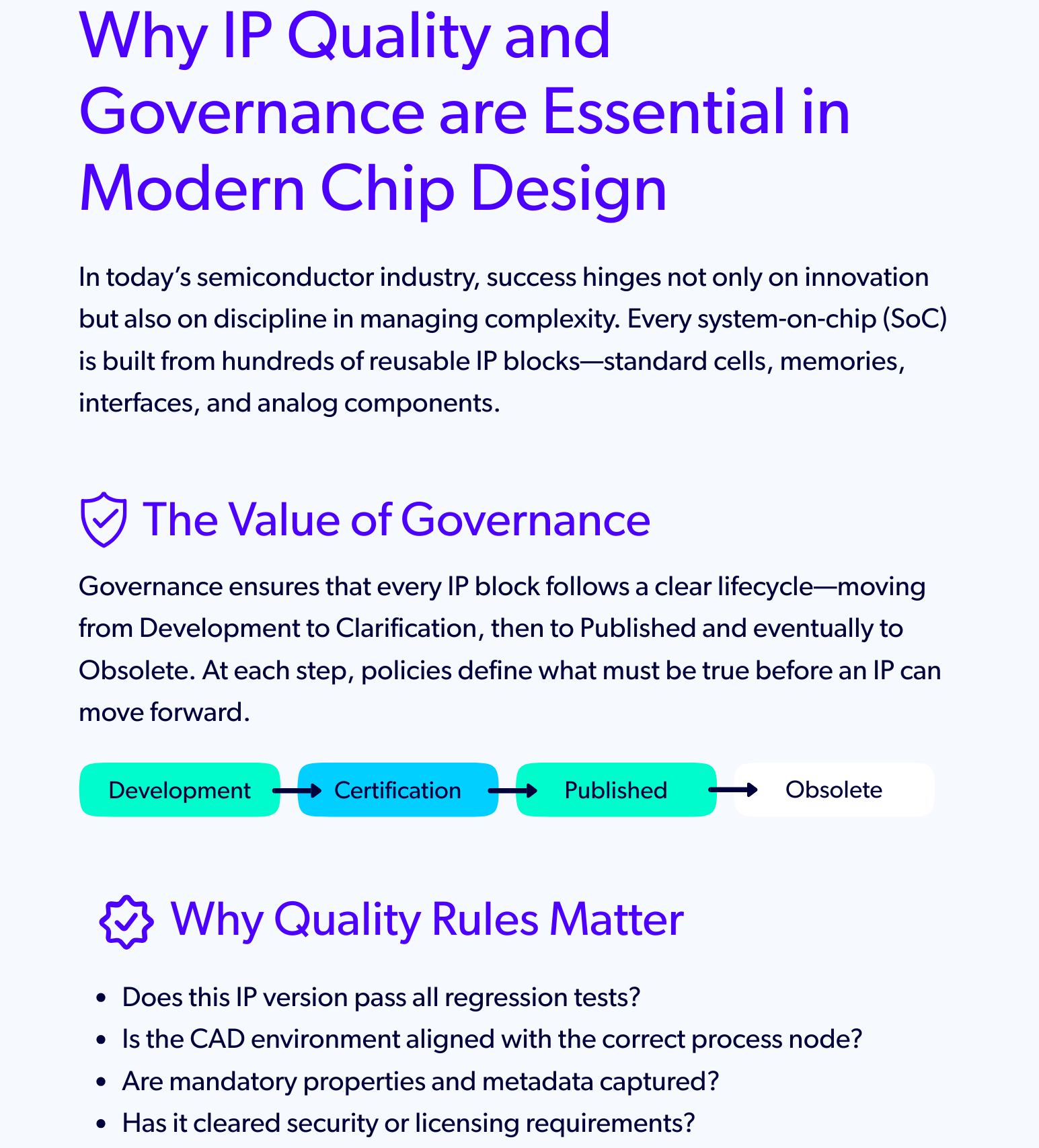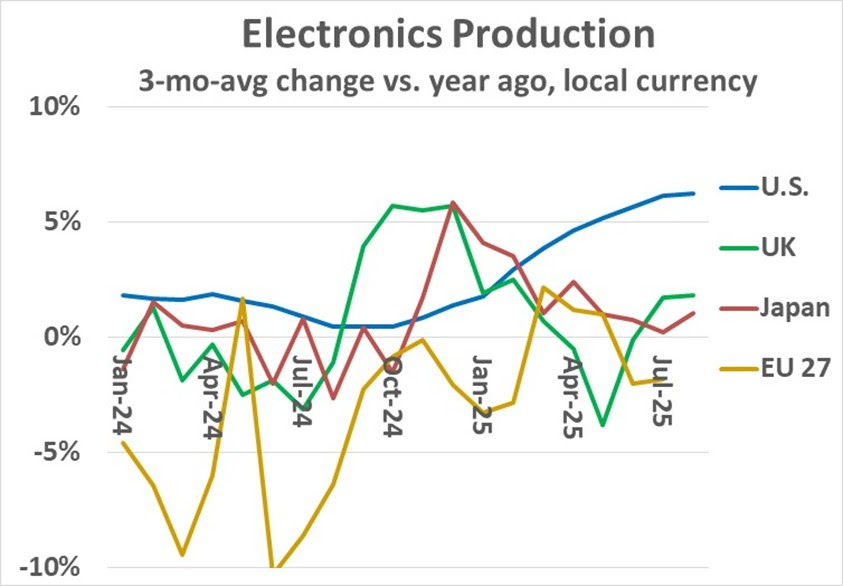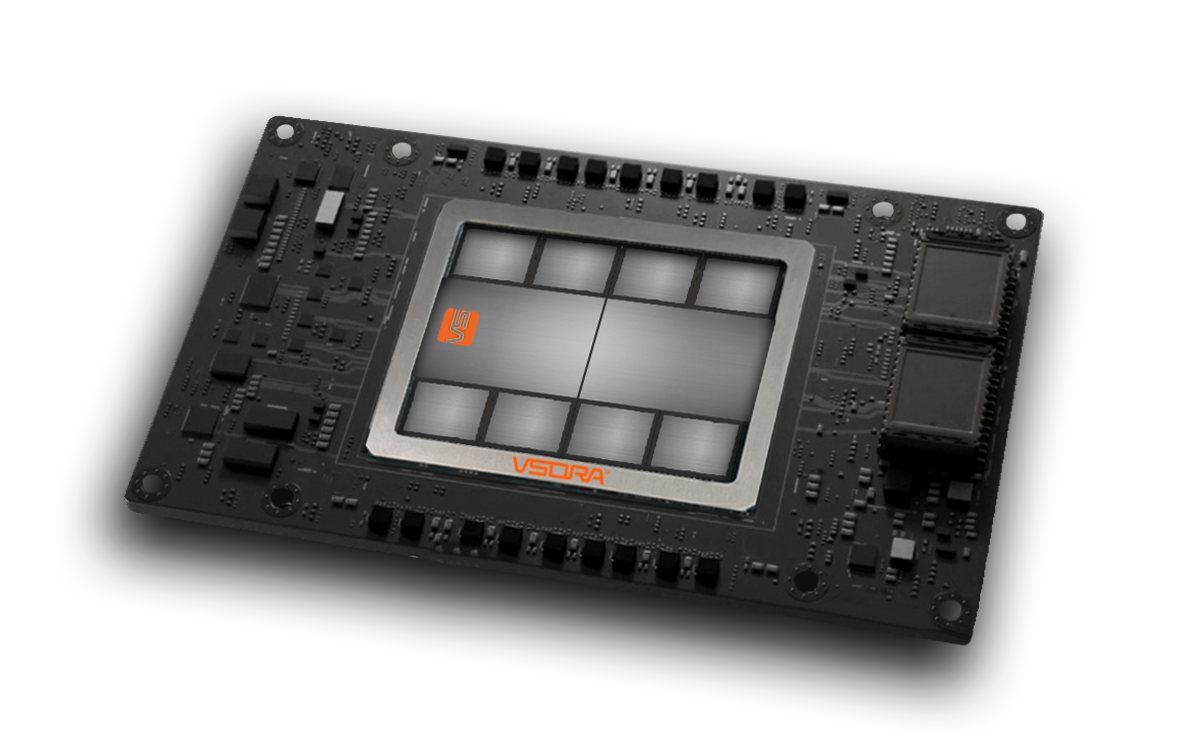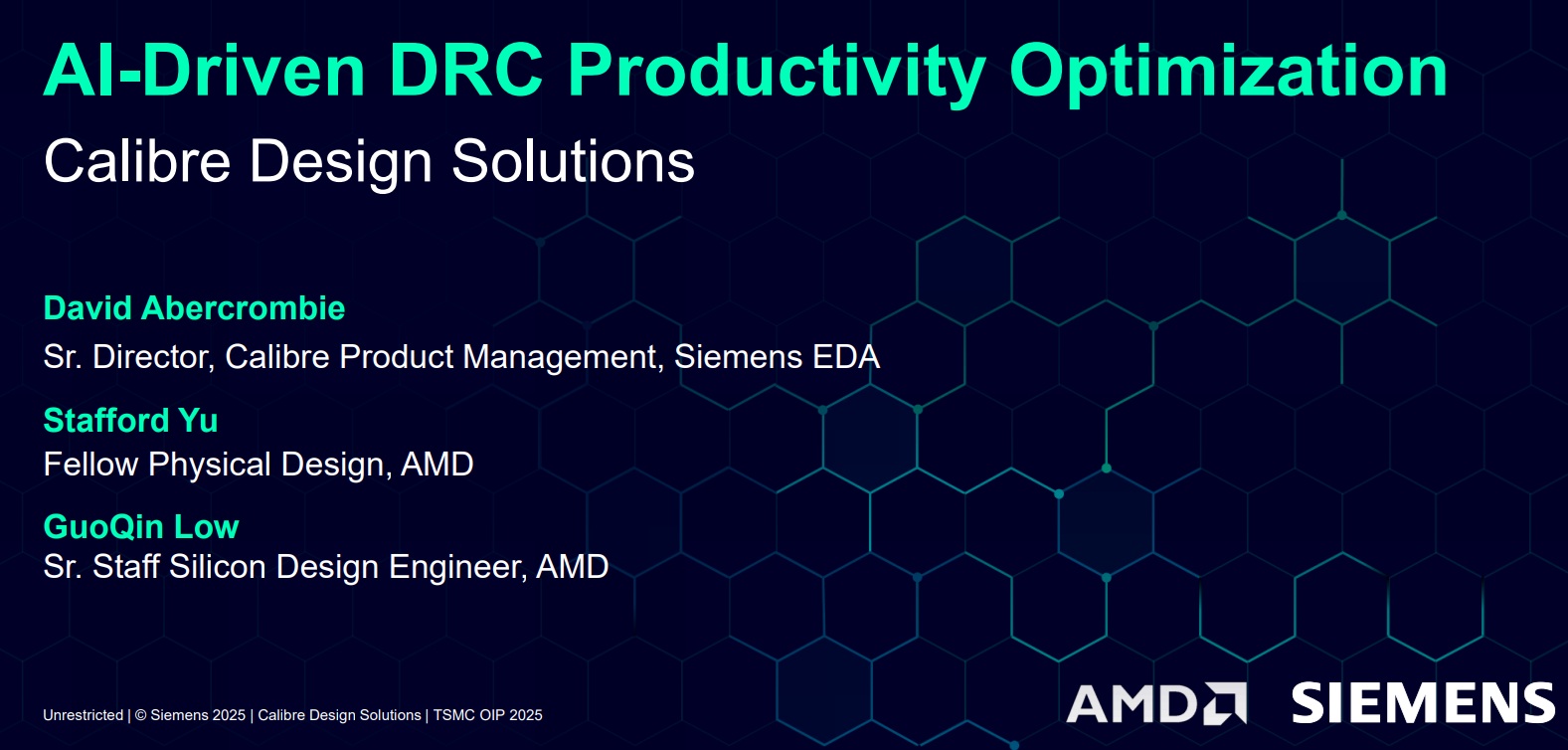Dinesh Bettadapur serves as the Chief Executive Officer of Irresistible Materials Ltd. Dinesh has over 20 years of executive management experience in the semiconductor industries and has held significant leadership roles encompassing general management, P&L management, sales, business development, strategic alliances,… Read More
 Why IP Quality and Governance Are Essential in Modern Chip DesignBy Kamal Khan In today’s semiconductor industry, success…Read More
Why IP Quality and Governance Are Essential in Modern Chip DesignBy Kamal Khan In today’s semiconductor industry, success…Read More U.S. Electronics Production GrowingU.S. electronics production has been on an accelerating…Read More
U.S. Electronics Production GrowingU.S. electronics production has been on an accelerating…Read More Inference Acceleration from the Ground UpVSORA, a pioneering high-tech company, has engineered a…Read More
Inference Acceleration from the Ground UpVSORA, a pioneering high-tech company, has engineered a…Read More AI-Driven DRC Productivity Optimization: Revolutionizing Semiconductor DesignThe semiconductor industry is undergoing a transformative shift…Read More
AI-Driven DRC Productivity Optimization: Revolutionizing Semiconductor DesignThe semiconductor industry is undergoing a transformative shift…Read MoreRISC-V’s Privileged Spec and Architectural Advances Achieve Security Parity with Proprietary ISAs
Because of its open and modular nature, RISC-V has faced recognizable security challenges stemming from fragmentation, performance inefficiencies, and inherent vulnerabilities. Fragmentation across implementations leads to inconsistencies, making it difficult to enforce uniform security measures. Performance… Read More
CEO Interview with Pierre-Yves Lesaicherre of Finwave Semiconductor
Tell us a little bit about yourself and your company.
I am the CEO of Finwave Semiconductor and joined the company in June 2023. I have close to 40 years of experience in the semiconductor industry, and I have worked in France, Japan and the United States. I have been in Silicon Valley for the last 27 years. After 14 years at Philips … Read More
Accellera at DVCon 2025 Updates and Behavioral Coverage
As usual I check in on Accellera activities each year at DVCon. Lu Dai (chair) gave an opening talk at the Accellera lunch, with contributions from other speakers on a few topics. In the afternoon I heard an update on PSS 3.0. What follows is a quick summary with my own musings on behavioral coverage.
Notable non-PSS topics
Karsten … Read More
CEO Interview with Matt Desch of Iridium
Matt Desch is the Chief Executive Officer of Iridium Communications Inc., the only satellite communications company that offers truly global voice and data coverage. He has more than 40 years of experience in telecommunications management, and more than 30 years in the global wireless industry. Joining Iridium in 2006, Desch… Read More
Speeding Up Physical Design Verification for AMS Designs
Custom and analog/mixed-signal IC designs have some unique IP and symmetry checking requirements for physical design. Waiting until the end of the IC layout process to verify IP instances for correctness or proper symmetry will cause project delays, so an approach to perform earlier physical verification makes more sense. … Read More
Podcast EP277: How Arteris FlexGen Smart NoC IP Democratizes Advanced Chip Design with Rick Bye
Dan is joined by Rick Bye, director of product management and marketing at Arteris with responsibility for the FlexNoC family of non-coherent Network-on-Chip IP products. Rick joined Arteris from Arm where he was a senior product manager in the Client Line of Business, responsible for a demonstration SoC and compression IP. … Read More
S2C: Empowering Smarter Futures with Arm-Based Solutions
The tech world is sprinting toward a future where your fridge orders groceries, your car avoids traffic before you hit it, and security cameras don’t just watch—they understand. But behind these innovations lies a messy truth: building the brains for these smart systems is complicated.
Fresh off the 2024 Arm Tech Symposia… Read More
CEO Interview with Mike Noonen of Swave Photonics
Mike Noonen is CEO of Swave Photonics and has 30 years of experience leading technology businesses resulting in two IPOs and multiple acquisitions. Most recently he was the CEO of MixComm acquired by Sivers Semiconductor in early 2022.
Noonen was the Chairman and co-founder of Silicon Catalyst, the world’s first semiconductor… Read More
DVCon 2025: AI and the Future of Verification Take Center Stage
The 2025 Design and Verification Conference (DVCon) was a four-day event packed with insightful discussions, cutting-edge technology showcases, and thought-provoking debates. The conference agenda included a rich mix of tutorial sessions, a keynote presentation, a panel discussion, and an exhibit hall with Electronic… Read More












Intel to Compete with Broadcom and Marvell in the Lucrative ASIC Business